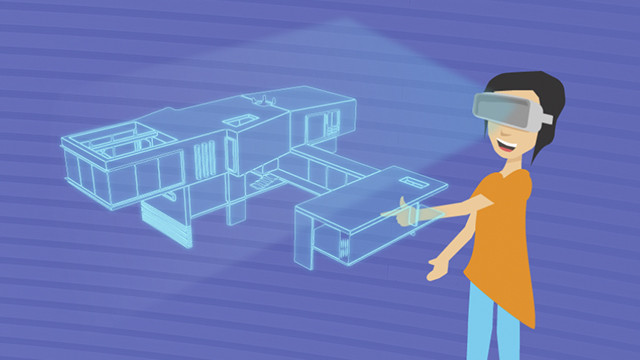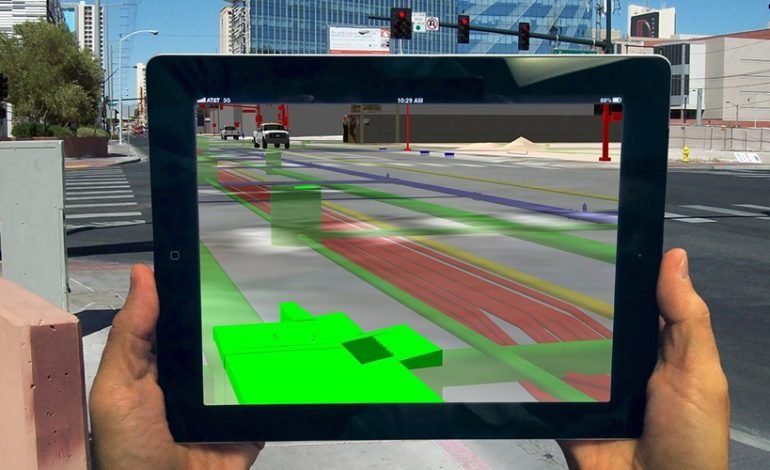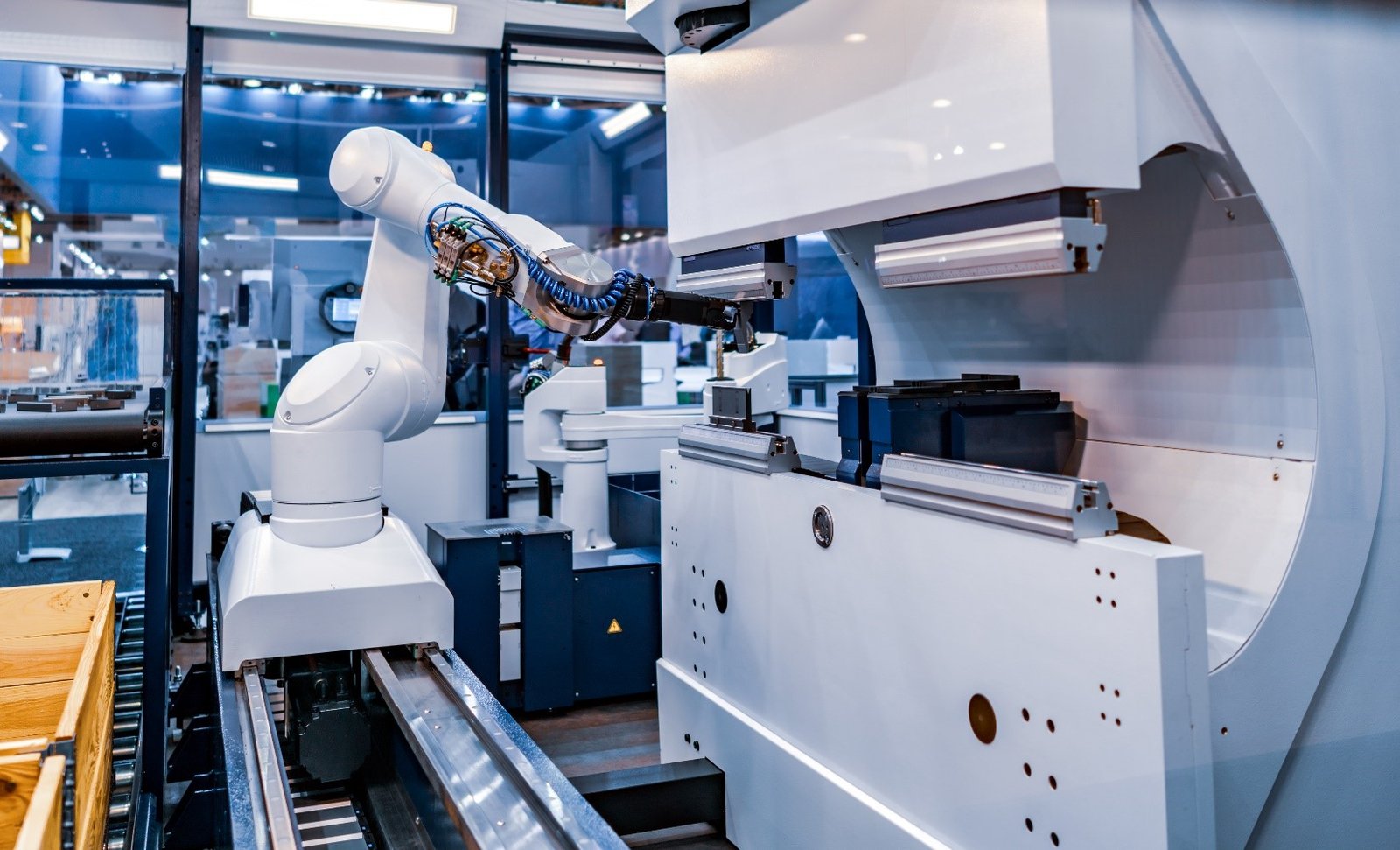AR Construction – Benefits and Limitations
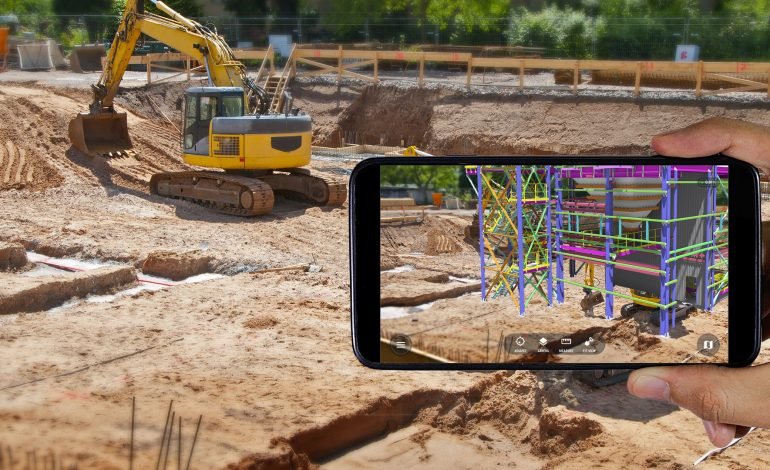
Augmented Reality (AR) Construction is a cutting-edge technology revolutionizing the building industry. By combining computer-generated visuals with physical environments, AR Construction has allowed for more efficient and cost-effective construction projects. However, as with any new technology, there are both benefits and limitations to using AR Construction. In this blog post, we will explore the advantages and drawbacks of AR Construction to help you decide if this technology is right for your next construction project.
What is AR Construction?
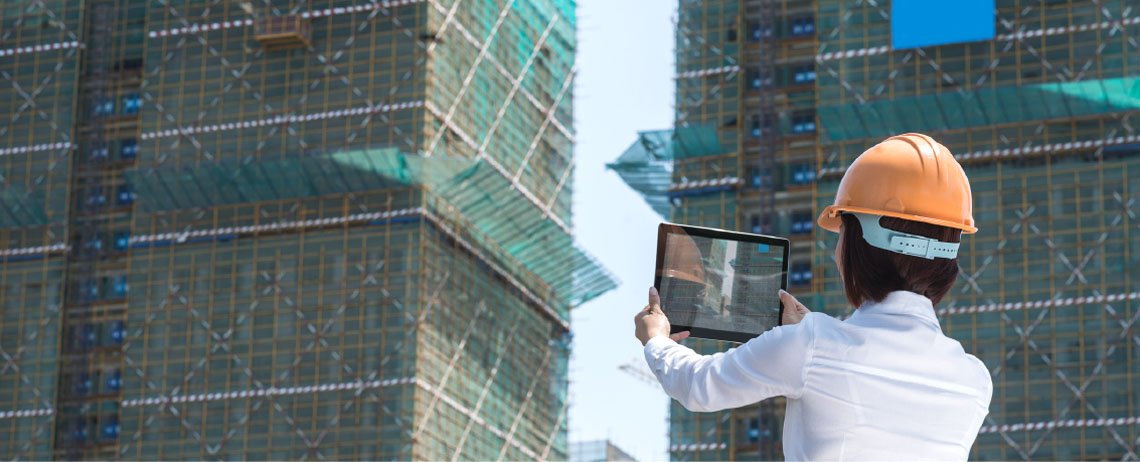
AR Construction uses Augmented Reality (AR) in the construction industry. AR technology allows users to interact with digital information and content in a real-world environment. AR enables construction companies to visualize projects, review data, make decisions, and communicate with team members in real time.
Can use this technology to identify potential problems early, reduce project timelines and increase safety on-site. AR also helps bridge the gap between traditional 2D drawings and physical environments allowing contractors to gain better insights into their projects. As a result, this technology has been widely adopted by many major construction firms in recent years.
How can AR be used in construction?
Augmented reality (AR) is quickly becoming indispensable in the construction industry. AR Construction offers various benefits to contractors, engineers, and other construction professionals. By overlaying digital information on top of physical spaces, AR provides a three-dimensional view of a construction site and its various components, such as walls, pipes, and electrical wiring.
With this technology, it’s easier for users to understand the construction project and identify potential problems that could arise during the project’s duration. Some of the most common ways can use AR in construction include the following:
- Digital Twin – A digital twin uses 3D models and data to create an exact virtual replica of a construction site. This helps users track and monitor changes in the physical location from a distance.
- Remote Assistance – With AR technology, workers can receive instructions from remote technicians or experts without traveling to the construction site. This reduces the cost and time spent on tasks.
- Inspection & Maintenance – Inspectors can use AR to analyze critical components such as piping systems, wiring, and other essential elements of the construction site. This can help identify any potential issues that need to be addressed before they become costly repairs.
- Collaboration – can use AR to facilitate collaboration between multiple stakeholders such as contractors, architects, engineers, and clients. By using real-time data, design teams can visualize how specific changes will affect the project’s overall design.
- Safety – AR allows safety inspectors to detect potential hazards or dangerous areas on the construction site. They can also use it to inform workers of safety protocols they should follow while on the job.
Overall, AR Construction can make the construction process smoother, faster, and more cost-effective. By providing workers with accurate 3D models and real-time data, AR helps reduce errors and make more informed decisions throughout the project.
Benefits of using AR

The use of augmented reality in the construction sector has many advantages. Although the expenses of this cutting-edge technology are still substantial, they are gradually declining. As a result, small and medium-sized businesses will soon be able to invest in this method of operation. These businesses will specifically gain from the most significant benefits of augmented reality in construction during the process.
Rework and downtime-related losses are reduced.
Project completion on schedule is crucial in the construction sector to guarantee that budgets are met. BMI models have been applicable, but using augmented reality in the building makes this task much more straightforward. Can modify construction schedules, and the logistics of the upcoming weeks can be prepared as needed, thanks to the use of both technologies.
Furthermore, it’s simpler for employees to identify any overlaps. By doing so, it is unnecessary to redo any work, and virtual reality in construction encourages worker safety.
Enhanced project management and collaboration
Thanks to augmented reality, construction companies may present the outcomes before the work is finished. Misunderstandings are more readily discernible. Because AR Overlays assist in identifying problems more quickly, paper schedules and communication delays are also removed. Additionally, this makes it simpler to carry out inspections as needed.
The collaboration between the various parties can be optimized by using apps like Assist AR or xMake. Of course, Frontline communications are no different: they all ensure that teams collaborate more effectively and accurately.
Limitations of using AR
Construction projects can have AR throughout the entire lifecycle. As a result, accuracy improves, and rework can be prevented, lowering building costs overall. These benefits of augmented reality in construction unequivocally support its application. However, the options available also have certain restrictions.
Augmented reality use in the building industry is modest. This is particularly true given that AR is still regarded as a developing technology with more testing.
The high degree of effectiveness, correctness, and consistency is debatable. But for applications in engineering and construction, these points are crucial. Complex 3D information models are currently only partially covered.
- The newness of this technology presents another obstacle. Many businesses are hesitant to invest in this technology since the financial ramifications still need to be fully understood.
- It would help if you climbed a learning curve before using augmented reality in the building.
- Make a reliable WLAN and Internet connection while constructing an augmented reality building. The reliability of the devices is not guaranteed in a volatile environment.
- Although all of these factors impact how Augmented Reality is used in the construction sector, there is still one more barrier: cost. Smaller construction enterprises, in particular, need help to afford the enormous financial expenditure.
Future of AR in construction
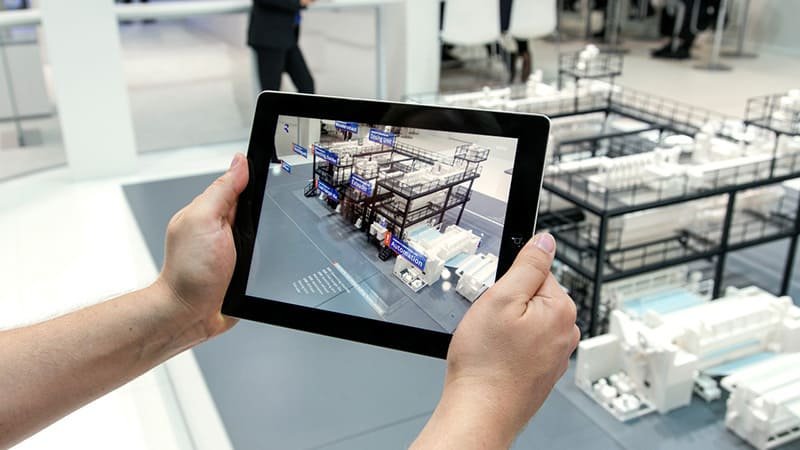
Shortly, AR technology will become even more sophisticated, providing more detailed 3D models, enhanced tracking capabilities, and interactive features such as virtual tours. This could revolutionize how we plan and build projects, allowing contractors to visualize their projects in a much more realistic way before any construction begins.
In addition, AR Construction could play an essential role in environmental sustainability. As AR technology becomes more refined, it can accurately measure material waste on construction sites and help reduce environmental impact.
The possibilities are endless regarding AR Construction and its potential impact on the construction industry. The future looks bright for this emerging technology, and its potential applications will revolutionize how we build.
Conclusion
AR Construction is an emerging technology that has the potential to revolutionize the construction industry. By utilizing augmented reality, construction companies can reduce costs and increase productivity while improving safety and accuracy on the job site.
While there are still some limitations to using AR in construction, such as difficulties in accurately identifying shapes and objects in 3D environments, it has the potential to become an invaluable tool for the industry. As technology advances and becomes more widely adopted, it is expected that AR Construction will become a standard part of construction operations in the future.

